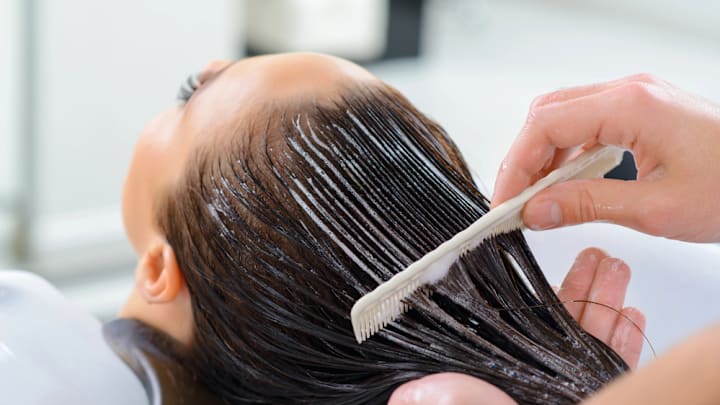Hair Journeys Are Identity Journeys

There’s a reason we call it a “hair journey.” Because hair is never just hair. It’s history. It’s rebellion. It’s culture, memory, mood, metaphor. Whether we’re growing it out, cutting it off, straightening it, braiding it, coloring it pink at midnight, or letting the grays come in naturally, what we do with our hair often mirrors what’s happening beneath the surface.
The decisions we make about our hair—sometimes deeply personal, sometimes quietly political—tell the story of who we are, who we were, and who we’re becoming.
The Hair You Grew Up With vs. The Hair You Choose
For many of us, our relationship with hair starts with imitation. We inherit routines, styles, expectations. Maybe your mother slicked your hair into tight ponytails before school, or maybe your dad taught you how to braid. Maybe you spent years trying to tame what you were told was “too much”—too thick, too curly, too unruly.
Early on, hair can feel like something that needs to be fixed to fit in. It becomes a canvas for compliance.
But somewhere along the way, we realize we have a choice. And the moment you stop asking, What do others want my hair to say? and start asking, What do I want to say with it?—that’s where the identity journey begins.
A Drastic Cut, A Quiet Rebellion
I remember the first time I cut my hair short—not a trim, but a full chop. It was emotional, liberating, terrifying. People asked if I was going through something. I was. I just didn’t know how to talk about it yet.
The cut said what I couldn’t: I’m changing. I want space. I want simplicity. I want to feel like myself again. And every inch that hit the floor felt like an old version of me I was finally ready to let go of.
Hair carries weight—literally and metaphorically. And letting it go can feel like permission to step into your own evolution.
Texture and Truth
For those of us with textured or coily hair, the journey often includes unlearning shame and reclaiming pride. It means digging through years of messaging that told us sleek was better, straight was safer, and natural was only beautiful if it was “managed.”
Embracing your natural texture—whether gradually or all at once—isn’t just a style decision. It’s an act of re-connection. With culture. With lineage. With your reflection.
And the first time you see yourself in the mirror without trying to change what grows naturally from your scalp, it’s more than a beauty moment. It’s an arrival.
Hair as Mood, Memory, and Marker
There are chapters of my life defined by hair choices. The bangs I cut during heartbreak. The blonde summer that felt like reinvention. The braids I wore to feel rooted. The month I stopped styling altogether because life was too much.
Hair holds memory. It reflects how we see ourselves—or how we want to be seen. And even when we think we’re not saying anything with it, we are. Hair speaks its own language.
The Takeaway: Your Hair, Your Story
You don’t owe anyone consistency with your hair. You’re allowed to grow it, shave it, twist it, dye it, embrace it, ignore it. You’re allowed to change your mind.
Because at every stage—whether you’re experimenting, reclaiming, recovering, or just maintaining—your hair is witnessing your life. It’s a timeline. A truth-teller. A companion.
So the next time you find yourself in front of the mirror, debating whether to try something new or return to something familiar, remember: it’s not just a style decision. It’s a chapter title. And you get to write it, strand by strand.